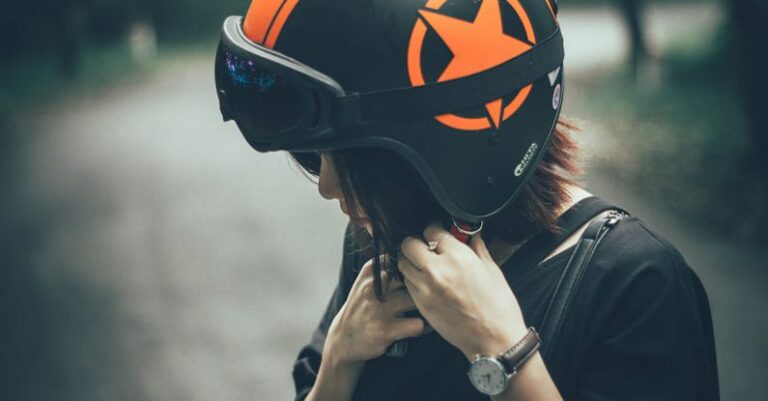
Pit stops are a crucial aspect of any motorsport event, where seconds can make all the difference between winning and losing a race. To ensure the safety of both the drivers and the pit crew during these high-pressure moments, strict safety protocols are implemented. Understanding and adhering to these protocols is essential for the smooth and efficient execution of pit stops.
**The Pit Crew’s Gear**
One of the fundamental safety protocols for pit stops is the mandatory safety gear worn by the pit crew. Each member of the pit crew is required to wear fireproof overalls, gloves, shoes, and a helmet to protect themselves from any potential hazards, such as fires or debris. These safety gears are designed to provide both protection and comfort, allowing the crew to perform their tasks efficiently while minimizing the risk of injuries.
**Pit Lane Speed Limit**
Speeding in the pit lane is a serious safety concern during pit stops. To ensure the safety of everyone in the pit lane, there is a strict speed limit that all drivers must adhere to when entering or exiting the pits. Exceeding the speed limit can result in penalties and endanger the lives of the pit crew members who are working in close proximity to the moving cars.
**Communication Protocols**
Clear and effective communication is vital during pit stops to coordinate the actions of the pit crew and the driver. Teams use a combination of hand signals, radios, and electronic communication systems to convey important information quickly and accurately. Miscommunication during a pit stop can lead to costly mistakes or even accidents, highlighting the importance of well-established communication protocols.
**Fire Safety Measures**
Fires can break out in the pit lane due to fuel spillages or mechanical failures, making fire safety a top priority during pit stops. Fire extinguishers and fire blankets are strategically placed in the pit lane to ensure quick access in case of an emergency. Additionally, all pit crew members are trained in fire safety procedures to respond promptly and effectively to any fire-related incidents.
**Pit Stop Equipment Checks**
Before a race, teams conduct thorough checks on all pit stop equipment to ensure it is in good working condition. This includes the air guns used to change tires, the jacks used to lift the car, and the refueling equipment. Any faulty equipment is immediately replaced or repaired to prevent delays or safety hazards during pit stops.
**Driver Safety**
While much of the focus is on the safety of the pit crew, driver safety is also a significant concern during pit stops. Drivers are trained to follow specific procedures when entering and exiting the pits to avoid collisions with other cars or pit crew members. Additionally, drivers must adhere to the speed limit in the pit lane and be vigilant of their surroundings to prevent accidents.
**Post-Pit Stop Inspections**
After a pit stop, teams conduct post-stop inspections to ensure that all tasks were completed correctly and that no safety issues were overlooked. This includes checking the tightness of the wheel nuts, inspecting the fueling system for leaks, and verifying that all pit crew members are clear of the car before it leaves the pit box. These inspections help identify any potential safety hazards and prevent them from escalating.
**In Summary**
Safety protocols for pit stops are designed to protect the lives of both the pit crew and the drivers while maintaining the efficiency and competitiveness of the race. From mandatory safety gear to clear communication protocols, each aspect plays a crucial role in ensuring the smooth execution of pit stops. By prioritizing safety and adhering to these protocols, teams can minimize risks and create a safer environment for everyone involved in the high-octane world of motorsport.





